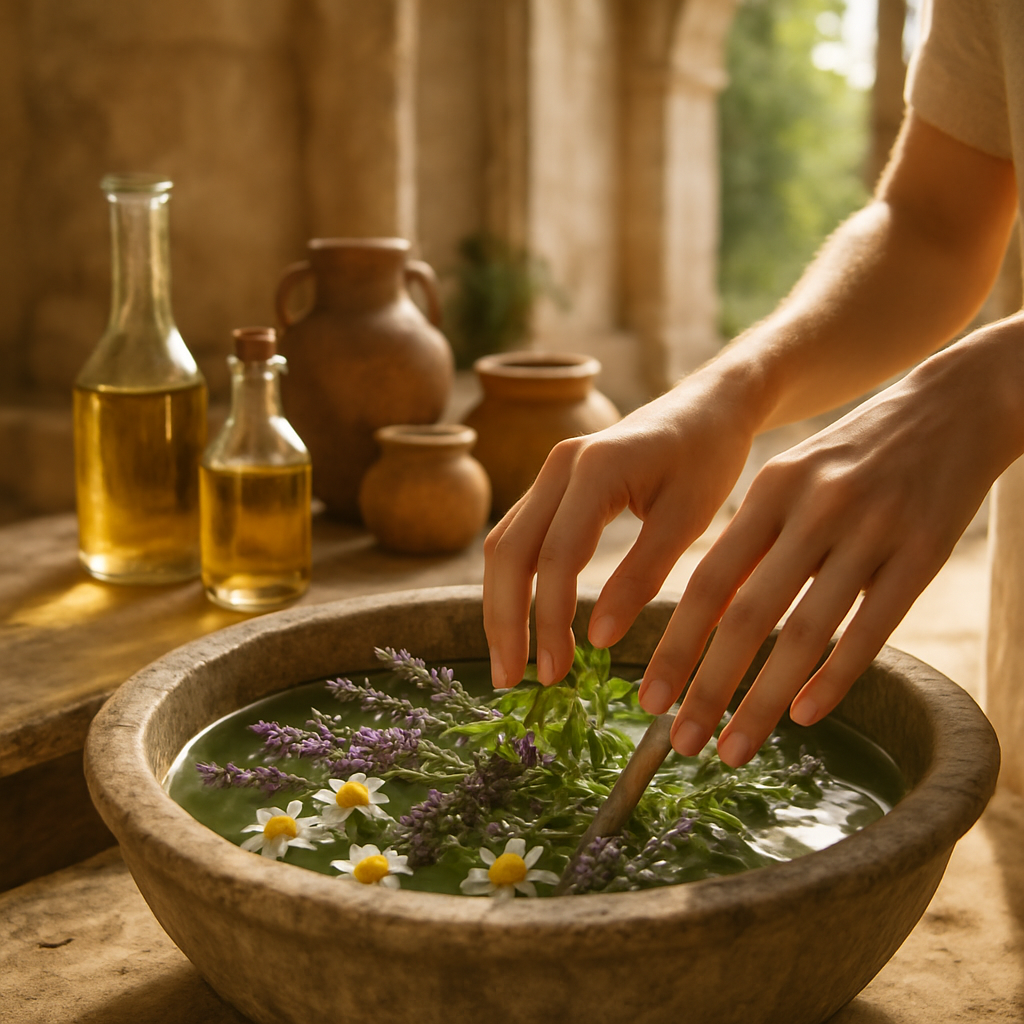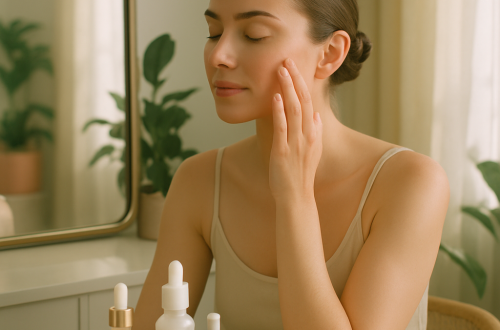Unlocking the Secrets of Ancient Skincare Rituals

We all have those moments when our skin decides to act up, usually right before something important. Sometimes, it feels like modern skincare just doesn’t cut it. That’s when the charm of ancient skincare rituals comes into play. There’s something timeless about the way our ancestors treated their skin, using what nature offered with a simplicity that feels right. It’s not just about beauty; it’s about connecting with the past, embracing the knowledge passed down through generations.
The Allure of Ancient Techniques
Take the Egyptians, for instance. Cleopatra is often mythologized as the epitome of ancient beauty, and her reputed love for milk baths is probably one of the earliest documented skincare routines. The lactic acid in milk acts as a gentle exfoliant, a fact modern science confirms. But I wonder if Cleopatra knew that, or if she just liked the feeling of soaking in a tub of milk. Either way, she was definitely onto something.
Across the world, in ancient China, women swore by jade rollers. Fast forward to today, and you’ll see these tools popping up in every beauty store. There’s something almost meditative about rolling smooth stone across your face, and maybe that’s why this method has endured. It’s said to reduce puffiness and increase circulation, but I must admit, sometimes I just use it because it feels like a mini facial massage.
Even Ayurvedic practices from ancient India have made a resurgence. Turmeric, with its vibrant yellow hue, is a staple in many modern skincare products. Known for its anti-inflammatory properties, turmeric was used in face masks to brighten and treat skin issues long before it became the darling of Instagram skincare routines. I tried a DIY turmeric mask once; let’s just say, it took days for my skin to stop sporting a slight yellow tinge. Word to the wise: use sparingly.
Natural Ingredients and Timeless Wisdom
What stands out about these ancient rituals is their reliance on natural ingredients. Honey, for example, has been used in skincare across various cultures and eras. The Greeks, known for their love of all things natural and holistic, mixed honey with olive oil to moisturize their skin. Modern science tells us honey is a humectant, retaining moisture and offering antibacterial properties. Imagine stumbling upon that combination without a lab to verify it now that’s impressive!
There’s a certain appeal in using ingredients straight from the earth, maybe because it connects us to a time when life was simpler. My grandmother swore by aloe vera, plucking a leaf from her garden whenever a sunburn hit. Sure, now we know it’s packed with vitamins and has soothing properties, but she just loved that cooling sensation on her skin during the hot summer months.
But not all ancient practices were as gentle. Think about the Romans who used crocodile dung in face masks. Now, I don’t know about you, but I draw the line at animal waste on my face. Perhaps there’s some long-lost wisdom there, but for now, it’s a pass from me.
The Science Behind the Rituals
While not every ancient practice stands up to scientific scrutiny, many do. Take the Greeks again, who utilized clay masks. Different types of clay, like bentonite and kaolin, are now known for their ability to draw out impurities. This isn’t just hearsay; modern dermatologists, like Dr. Zoe Draelos, confirm these clays can indeed unclog pores and detoxify the skin.
And let’s talk about ginseng, a staple in Korean skincare that traces back centuries. It’s prized for its ability to boost blood circulation and brighten the complexion. Modern studies have supported these claims, showing that ginseng contains antioxidants that combat aging. Back in the day, Koreans simply knew it worked. Sometimes, you have to trust the process and the plants.
Yet, there’s a fine line between ancient wisdom and superstition. The Elizabethans believed in using white lead to achieve a pale complexion. Tragically, they didn’t understand the toxic consequences. It reminds us that while ancient remedies can be beneficial, they’re not infallible.
A Personal Experiment
Last winter, I decided to go all-in on an ancient skincare regime, inspired by the Roman baths. I filled my bathroom with steam, added essential oils, and even used olive oil as a moisturizer. While my skin did feel softer, my bathroom was a slippery hazard, and I realized that recreating ancient rituals doesn’t always mesh with modern living. My partner’s bemused look was worth it, though, as he slipped and slid across our bathroom floor.
But there’s a cozy satisfaction in knowing that these practices, despite their age, continue to resonate with us. Whether it’s the soothing properties of chamomile or the invigorating scent of eucalyptus, these elements of the past are more than just beauty treatments they’re a form of self-care.
Ancient Meets Modern
What’s fascinating is how these age-old practices are being integrated into our current beauty routines. Companies are now blending ancient ingredients with modern technology to create products that are effective and gentle. For instance, a serum with hyaluronic acid might also include rose water, a centuries-old favorite for hydration and soothing properties.
And while I appreciate the fusion, it’s crucial to remember that not everything ancient needs a comeback. Some rituals, like using mercury for skin whitening (yes, that happened), are best left in the past. But others, like using rice water for hair and skin, have proven their worth and are being rediscovered by beauty enthusiasts worldwide.
In our pursuit of beauty, it’s really about finding balance. Ancient wisdom offers us valuable insights, but modern science helps us understand the why and how. And perhaps that’s the real secret using the best of both worlds to create a routine that’s personal, effective, and just a little bit magical.


